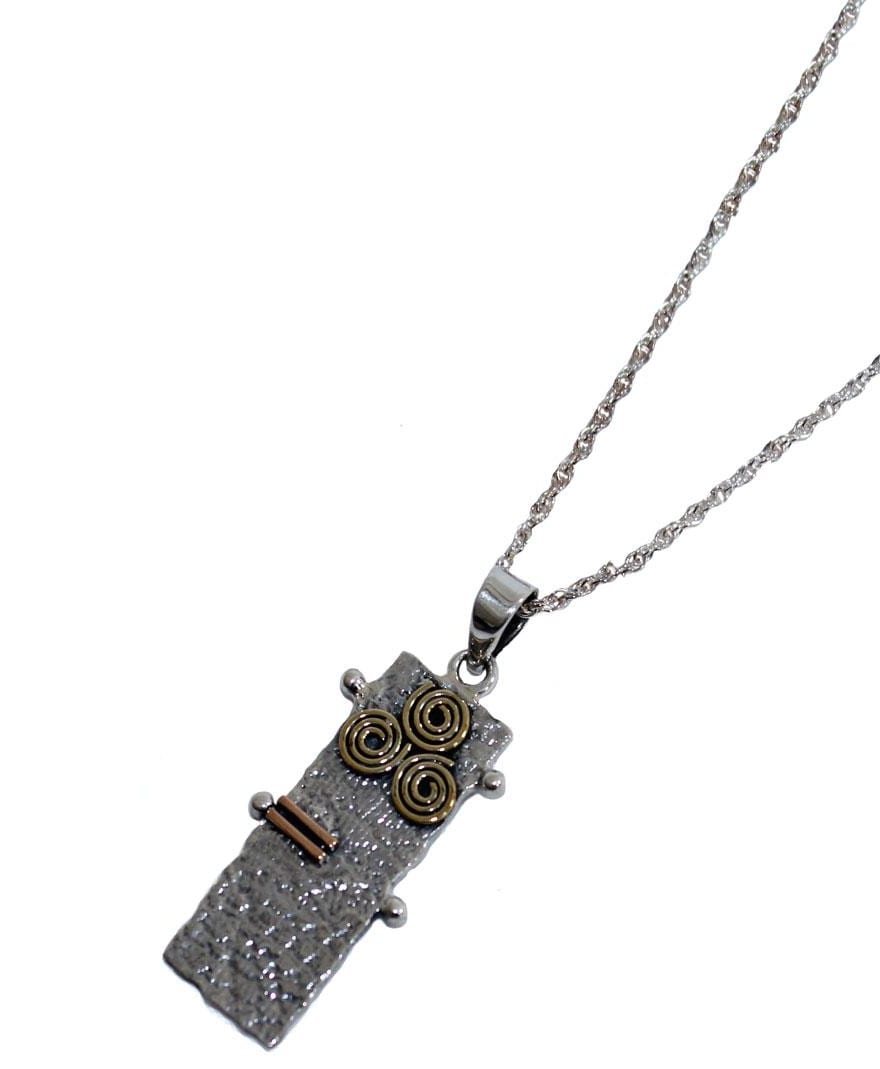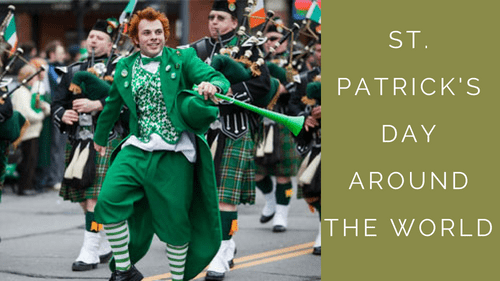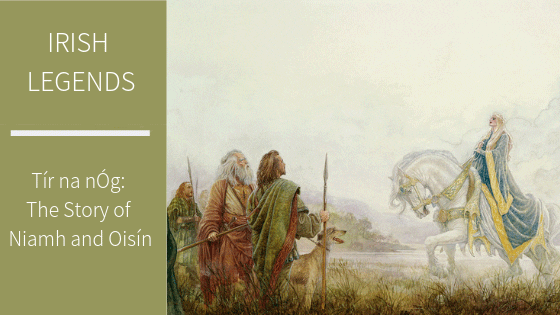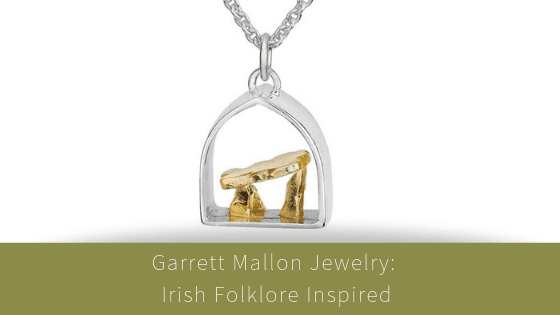Ogham (pronounced “Oh-um”) is the earliest form of writing in Ireland. Ancient standing stones bearing these mysterious Ogham inscriptions are dotted along the South-West coast of Ireland.
Mysterious Origins

This Ogham pendant represent the Rowan tree, loved due to its beauty and hardiness.
How Does Ogham Work?
Ogham was the written version of Primitive Irish – the oldest form of the Irish language. Most of our current knowledge about Primitive Irish comes from the dozens of Ogham Stones located throughout the country.
Ogham was carved and read from bottom to top. The alphabet originally comprised three groups of consonants and one group of vowels. Each group of consonants contained five letters. Eventually, a new group of more complex letters were added to the alphabet.
The medieval manuscripts interpret many of the letter names as the names of trees or shrubs. For example, Beith (ᚁ) is interpreted as meaning “birch-tree” and Sail (ᚄ) means “willow-tree” in Old Irish. As a result, Ogham is also known as the Celtic Tree Alphabet.

These beautifully crafted sterling silver earrings come engraved with your own personal inscription and would make an ideal traditional Irish gift.
What was the purpose of Ogham Stones?
There are approximately 400 stone monuments inscribed with the Ancient Ogham in Ireland and Britain. The majority of Ogham Stones can be found in the counties of Kerry, Cork, and Waterford.
Many of these stones bear genealogical inscriptions corners of large stone slabs. The below inscription carved on a stone on Inchagoill Island in Galway is a fairly typical example:
᚛ᚂᚔᚓ ᚂᚒᚌᚅᚐᚓᚇᚑᚅ ᚋᚐᚉᚉᚔ ᚋᚓᚅᚒᚓᚆ᚜
The stone of Lugnaedon son of Limenueh
Experts are still uncertain of the purpose of these inscribed stones. Some maintain that they were used for magical purposes while others argue the stones acted as territory markers.
If you are visiting Blarney, we recommend that you make a point of seeing some Ogham Stones. University College Cork boasts the world’s biggest collection of Ogham Stones in their Stone Corridor. Alternatively, if you prefer to see these ancient monuments in their natural environment you can do so at Greenhill, Kilcullen South and Templebryan.








